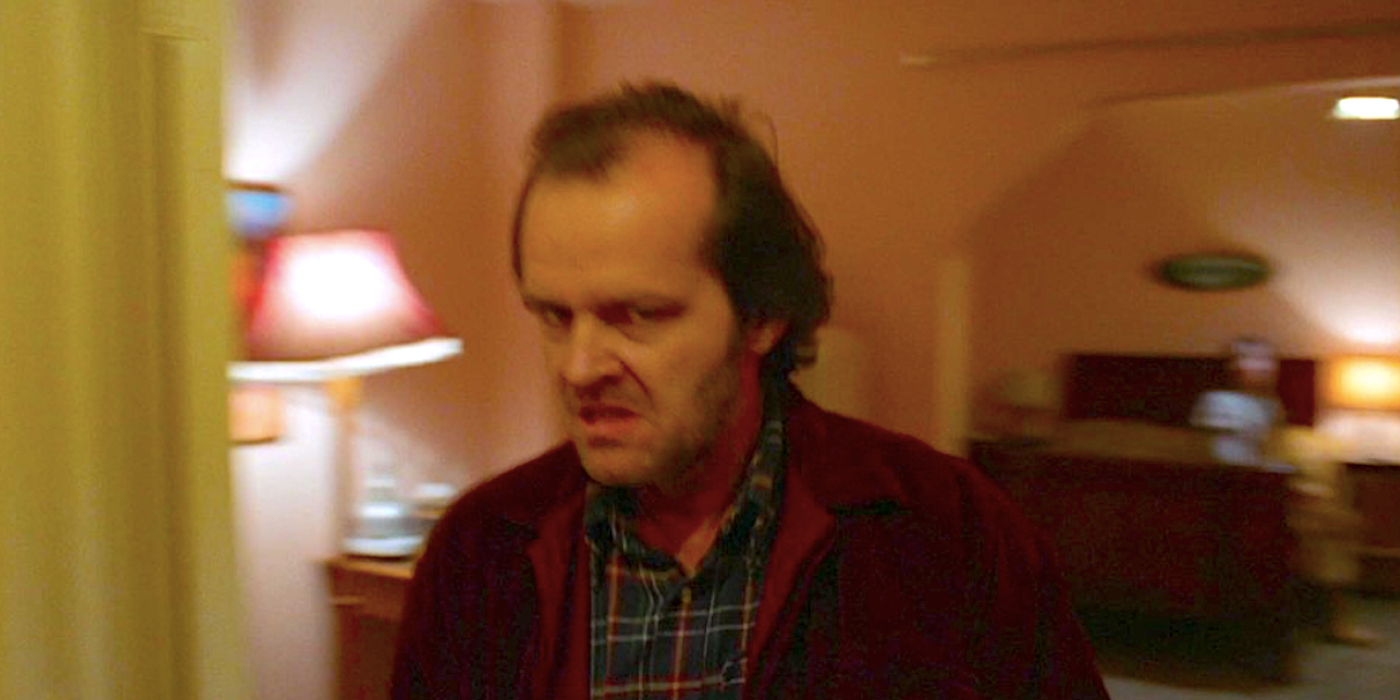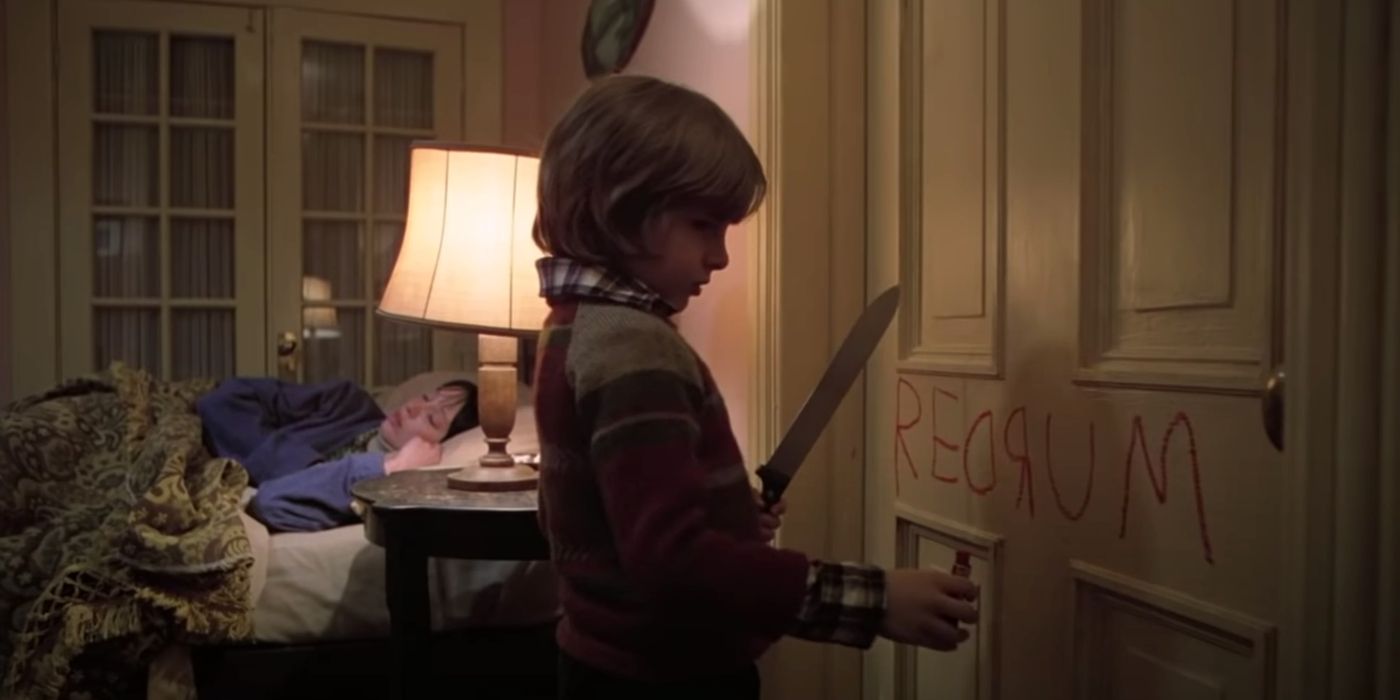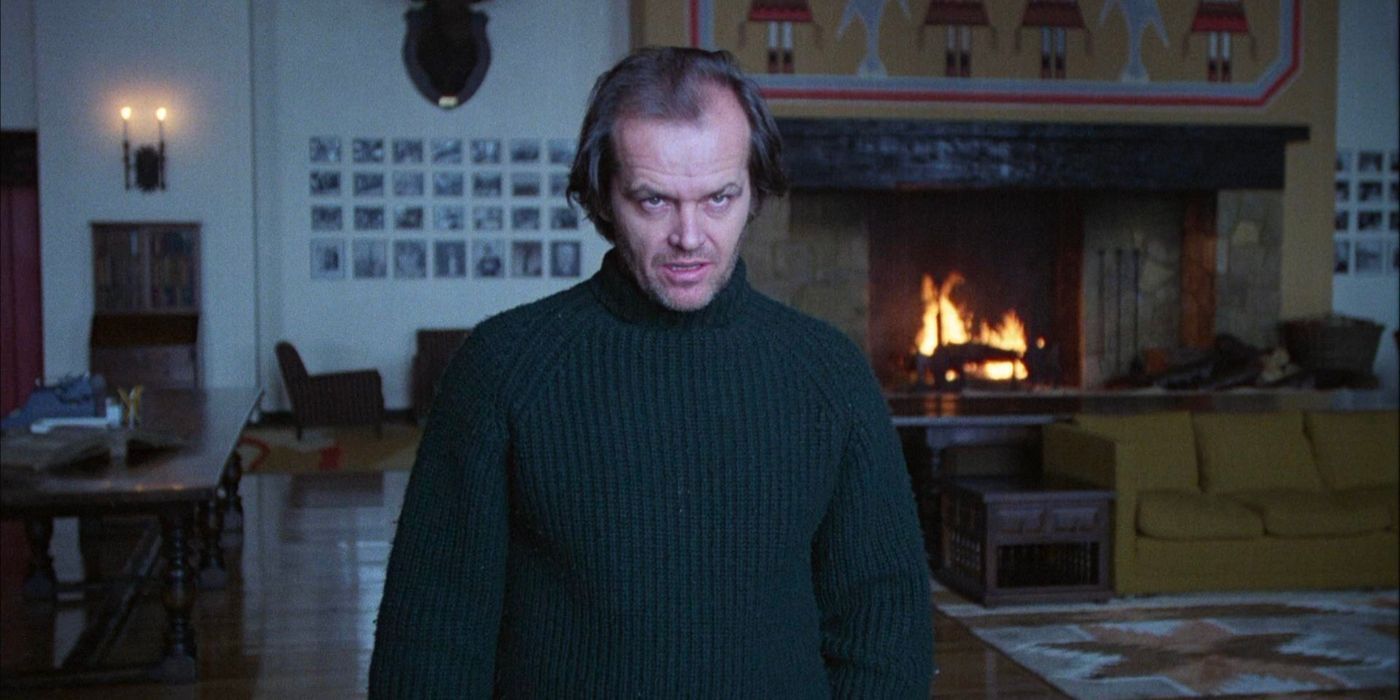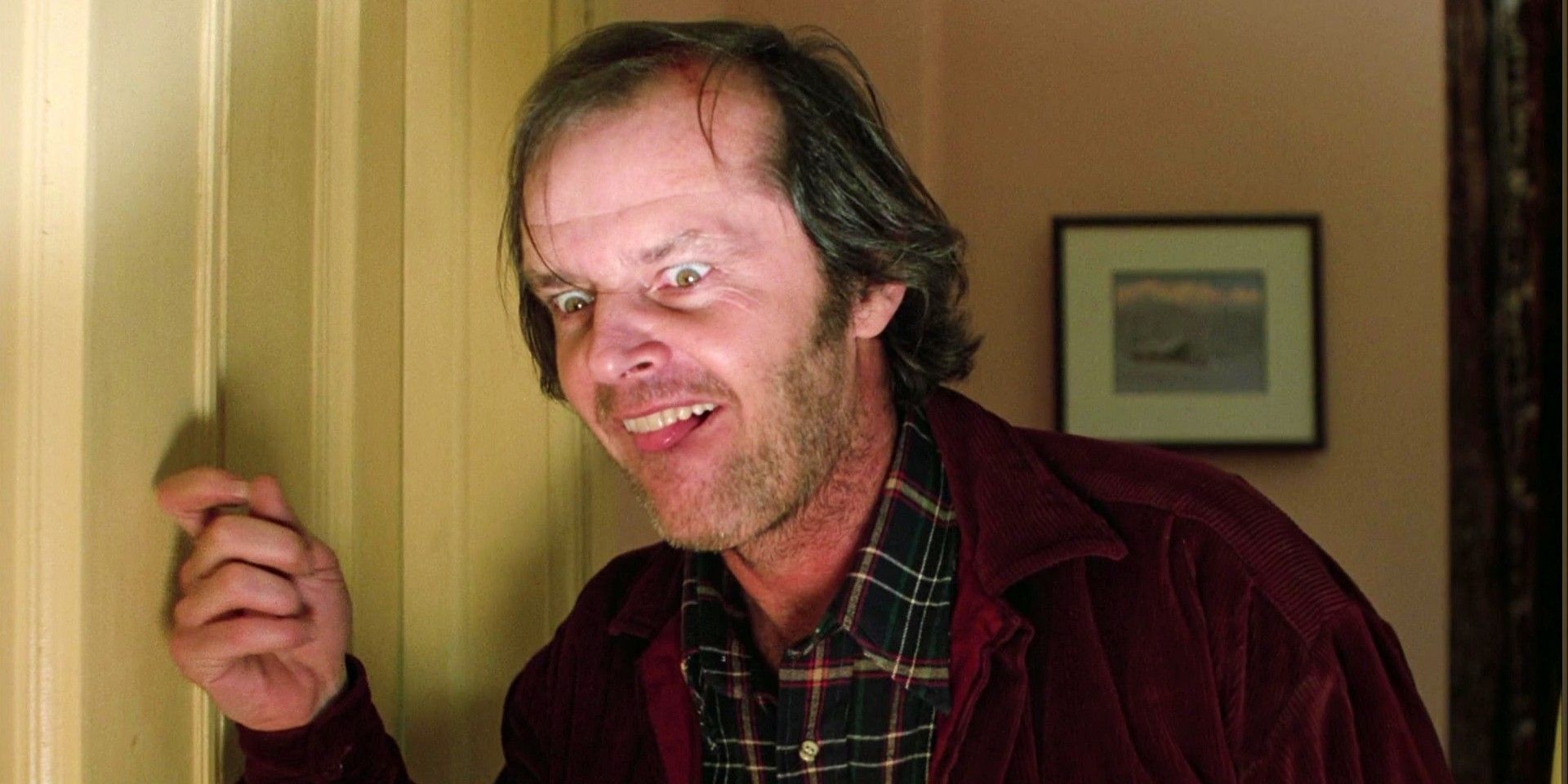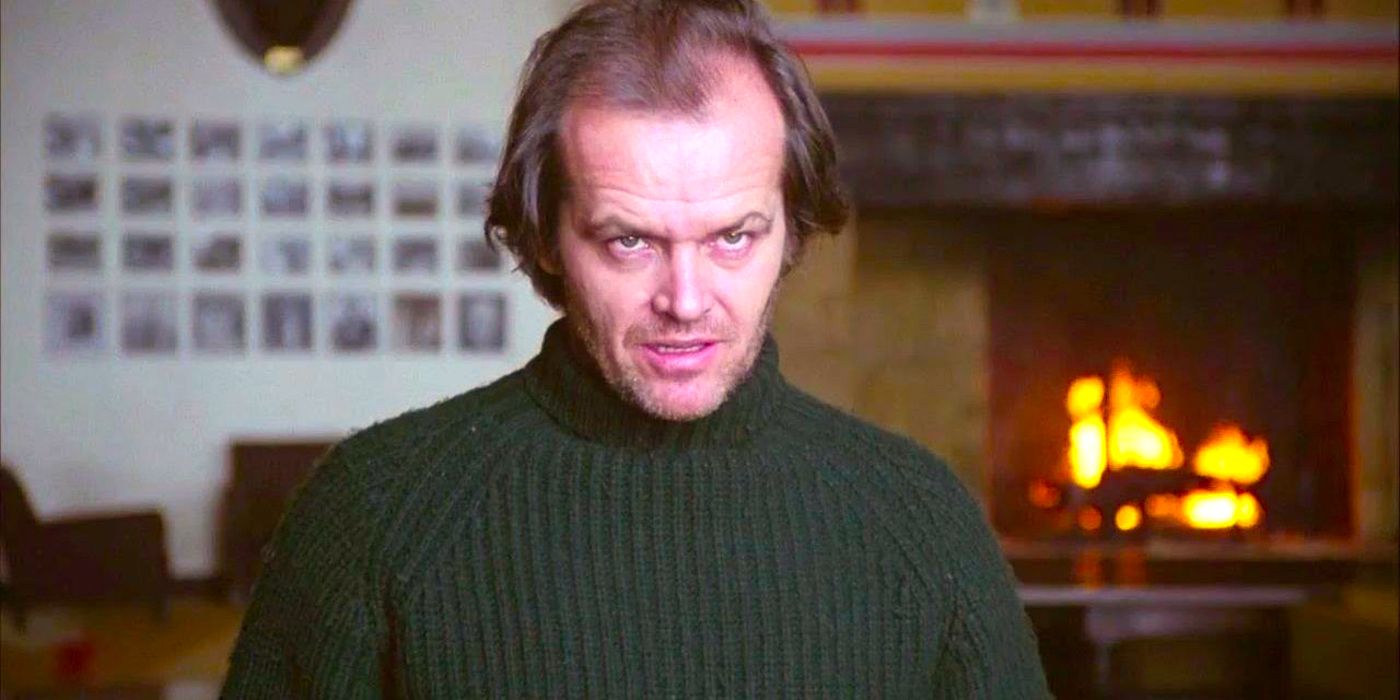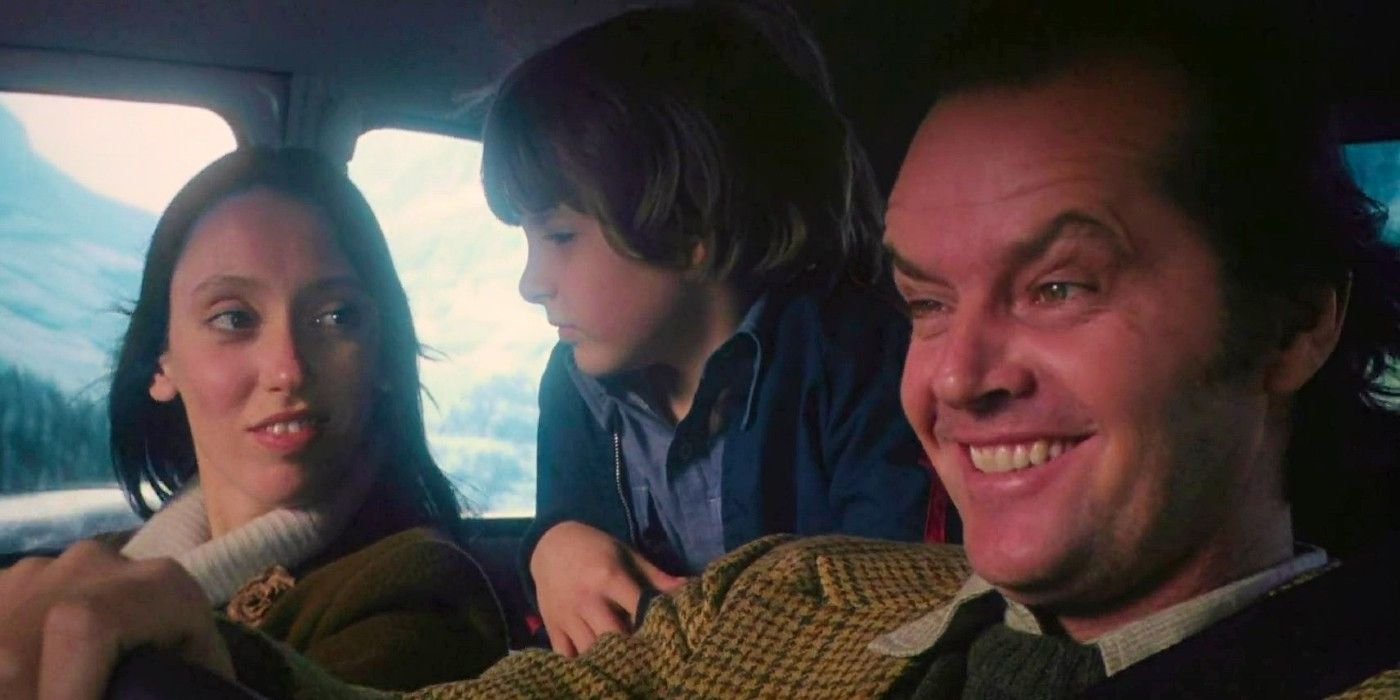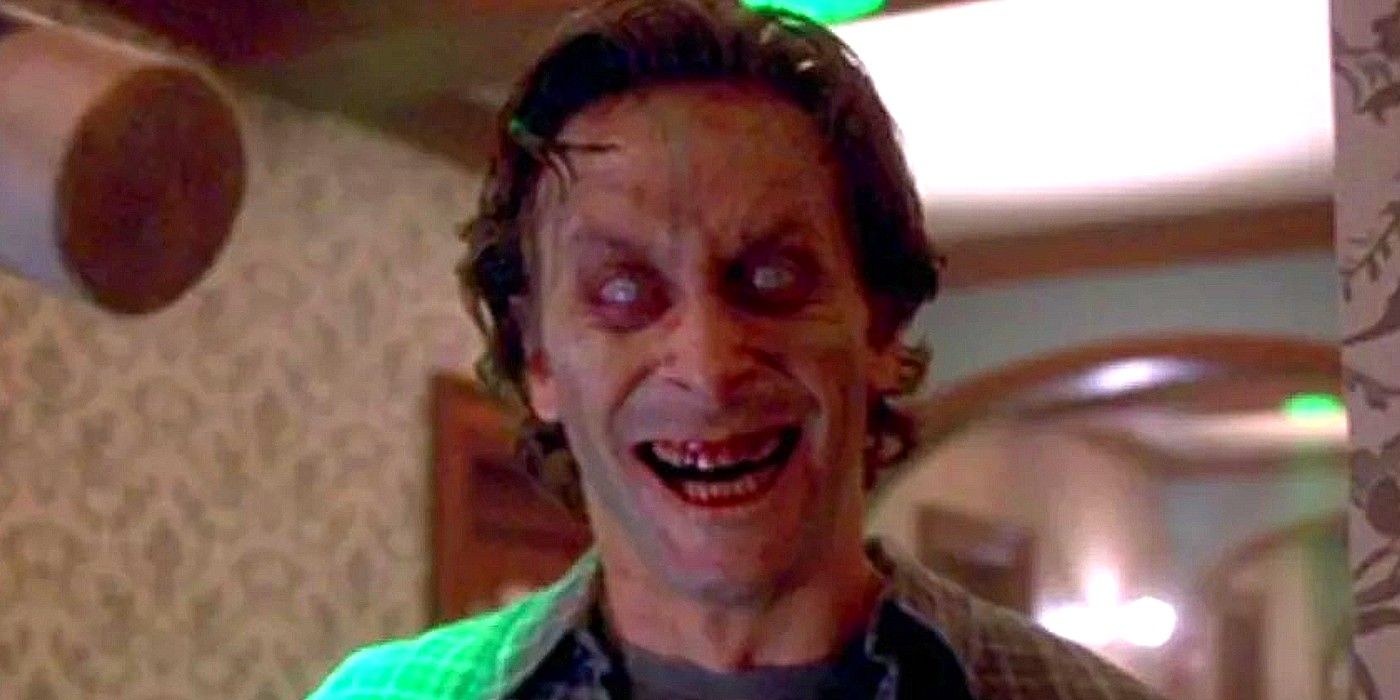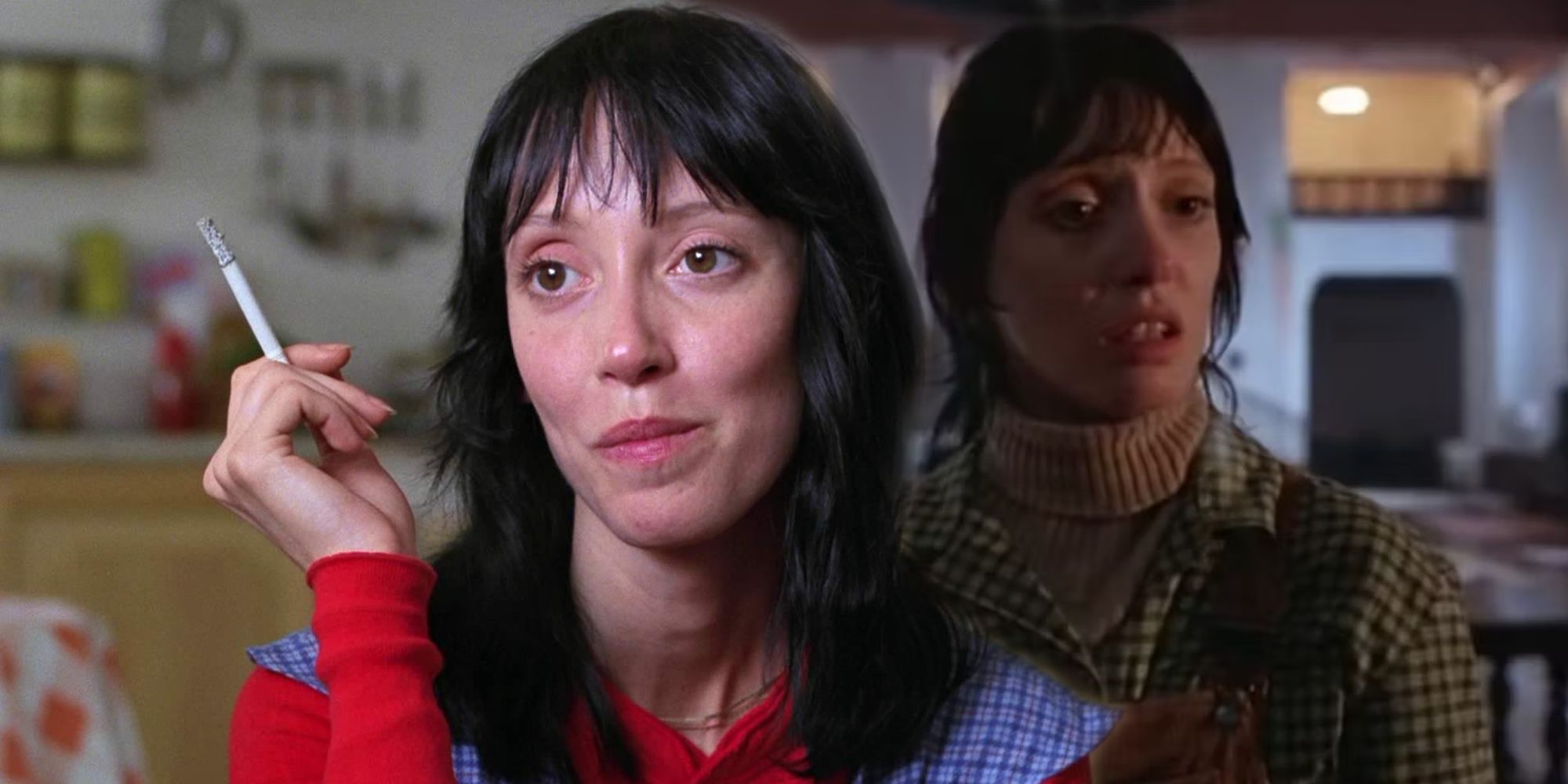
The Shining: How Kubrick's Changes Improved the Movie

Exploring the impact of Stanley Kubrick's changes to The Shining and how they improved the movie compared to the original novel.
The Evolution of Stephen King's Views
Stephen King's feelings on The Shining have evolved over the years, but the author has always held fast to his claim that director Stanley Kubrick missed the point of his novel. According to King, Kubrick's movie lacked heart even if it was beautiful to look at, and the director's clinical viewpoint meant that he didn't sympathize with the novel's tragic villain Jack Torrance as much as King's original story.
Jack stares at the camera in The Shining 1980
There is some truth to this claim. While The Shining's ending leaves Jack frozen in the snow, King's novel sees the character redeem himself by finally overpowering the sprints of the Overlook, destroying the cursed hotel, and saving his wife and child. However, King's claims that Kubrick didn't understand the novel aren't necessarily right. King's comments in a 1980 Playboy interview recently went viral on Twitter, and they ironically prove why Kubrick's movie worked so well. While Kubrick didn't treat Torrance the same way as the original novel, The Shining is a stronger movie as a result.
Danny writing Redrum in The Shining
Stephen King Is Right About Kubrick Changing The Shining’s Focus
Kubrick did drop The Shining's original focus on the Overlook. Speaking to Playboy, King claimed Kubrick couldn't wrap his head around an evil hotel and, as such, made The Shining into a more domestic horror story. He is right that Kubrick changed the story's focus, but the writer is wrong about why the director opted to make this change. Kubrick's movie focuses less on The Shining's Overlook Hotel and more on Jack Torrance's deteriorating mental state, but this is a conscious decision that allows the viewer to empathize with Wendy. The director didn't fail to understand the idea of an inherently evil place. Instead, he intentionally changed the story.
Jack Nicholson's Jack Torrance stares out a window in The Shining
From Wendy's perspective, Jack's madness is as much a result of his alcoholism, his writer's block, and his guilt over earlier abusive incidents as it is anything supernatural. Throughout King's novel, viewers are privy to ghostly encounters, bizarre incidents, and weird occurrences that make it clear The Overlook is genuinely haunted. In Kubrick's movie adaptation, these are played down, with fewer supernatural events occurring and most of them remaining ambiguous. It is never clear whether Jack dreamed up Room 237's ghoulish inhabitant, or if the cascade of blood that Wendy witnessed pouring from the elevator was entirely imaginary.
Jack Nicholson's Jack Torrance Knocking on the Door in The Shining
Stanley Kubrick’s The Shining Changes Actually Improved The Movie
The Shining's movie story is more impactful and emotionally resonant. The original ending of Kubrick's The Shining confirmed that there was something supernatural going on in the hotel, but this was jettisoned in favor of the more ambiguous coda that viewers got. This is partially because, in the novel, the hotel itself is responsible for at least some of Jack's madness. By making the hotel's haunted status less clear, Kubrick's movie made Jack less sympathetic and made Wendy's plight more vivid. It is tougher for viewers to root for Jack when his wife is also haunted by inexplicable visions and doesn't resort to violence, an imbalance the novel doesn't address.
Jack Nicholson as Jack Torrance looking off into the distance in The Shining
Ultimately, King's novel treats Jack as a redeemable figure who has many weaknesses but wants the best for his family. In contrast, Kubrick's movie questions whether Jack is the real source of the movie's evil, a darker, bleaker, and altogether scarier proposition. King was wrong about Kubrick's take on The Shining since he failed to acknowledge the fact that making The Overlook's ghosts less literal made Jack a scarier character. Since King's novel is more interested in redeeming Jack than demonizing him, it also makes sense that King disliked Jack Nicholson's snarling take on him.
The Torrance family driving in the car in The Shining
The Shining’s Original Novel Story Wouldn’t Work Onscreen
King's own adaptation proved The Shining's subtler retelling was stronger. By stripping away many of the explicitly supernatural elements, Kubrick made Jack into more of a monster than his novel counterpart. His pursuit of Wendy and Danny thus became a believable, tragic horror story rather than something more fantastical. This was no bad thing since, as proven by the comically bad moving topiaries in 1997's miniseries adaptation, The Shining's original story wouldn't necessarily translate well to the screen. A more faithful adaptation of The Shining requires more ghosts, more supernatural phenomena, and less troubling interrogations about the nature of responsibility, family, and fatherhood.
Demonic Jack Torrance in The Shining 1997
To this end, 2019's darker The Shining sequel Doctor Sleep ultimately failed precisely because the movie couldn't align Kubrick and King's fundamentally opposed takes on Jack Torrance. Doctor Sleep was a sequel to both the original movie and the novel, but it fell apart since its finale wasn't sure whether to depict Jack as an ultimately redeemable figure or an outright villain. Doctor Sleep's inability to choose one angle over the other doomed the ambitious project, proving that Kubrick's decision to make The Shining into a more grounded horror story than Stephen King's novel was the right call.
